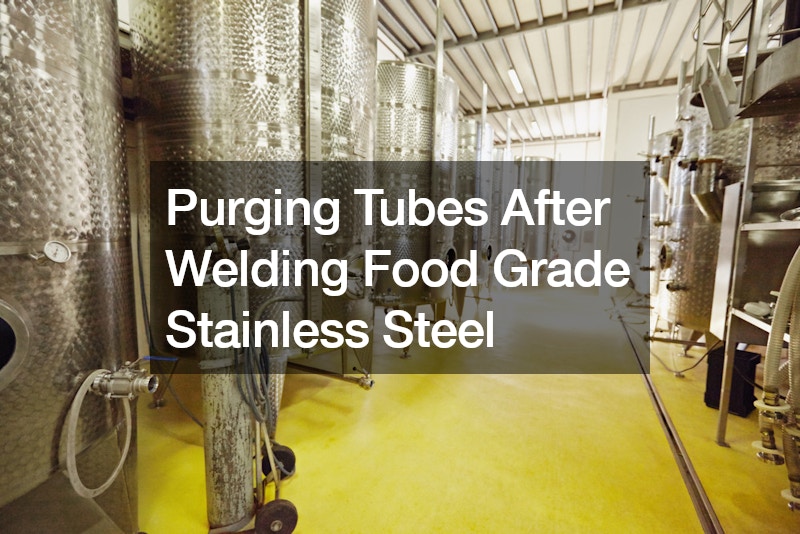When welding food-grade stainless steel, the purging of tubes is a critical step to maintain the integrity of the material. Purging involves the removal of oxygen from the welding area to prevent oxidation and ensure a clean, sanitary weld. The YouTube video highlights key points.
The Importance of Purging
Purging tubes actively prevents the formation of oxides that can compromise the corrosion resistance and purity of the stainless steel. Active purging creates an inert atmosphere within the weld zone, minimizing the risk of contamination and ensuring the weld meets regulatory requirements for food safety.
Without adequate purging, welds may be susceptible to corrosion, bacterial growth, and other forms of contamination.
Additionally, active purging enhances the aesthetics of the weld by preventing discoloration and ensuring a smooth, clean finish. Various purging methods, such as using inert gases like argon or nitrogen, can be employed depending on the specific requirements of the application. It’s essential to select the most suitable purging method and equipment to achieve optimal results and maintain the hygienic standards necessary for food-grade stainless steel welding.
Purging tubes after welding food grade stainless steel is a crucial step to uphold the quality, purity, and hygiene standards required in food processing industries. By actively removing oxygen and creating an inert atmosphere, purging ensures clean, sanitary welds that are resistant to corrosion and contamination. Employing proper purging techniques is essential to meet regulatory requirements.
.

